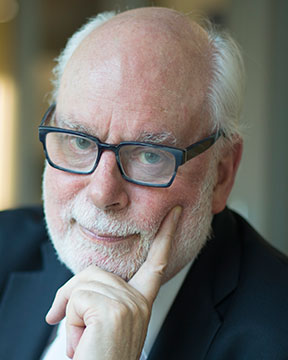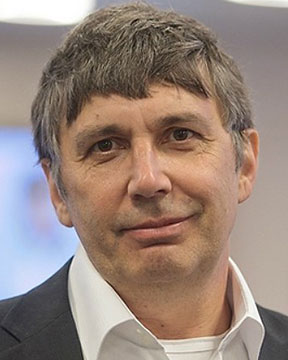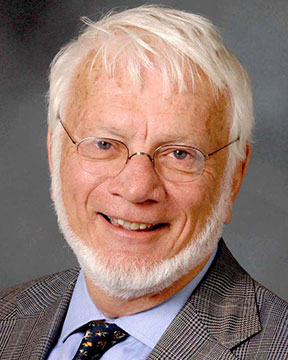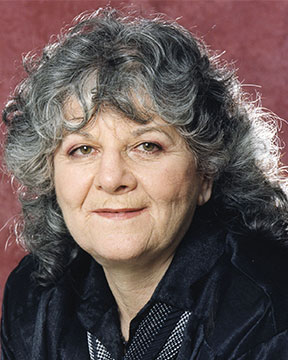



















 |
Arvydas SurvilaCenter for Physical Sciences and TechnologyActual Problems Of The Electrochemistry Of Metal Complexes - Fundamentals And Applications: Part 2 Amatore International Symposium on Electrochemistry for Sustainable Development Back to Plenary Lectures » |
Abstract:This report presents the main results of investigations of electrochemical processes involving complexes of various metals, such as copper, tin, zinc, cobalt. Particular attention is paid to systems containing ecological ligands: glycolic, malic, tartaric, citric, gluconic and other hydroxy acids.<br />The presence of pre-waves and double maxima on cathodic polarization curves obtained in the ligand-deficient solutions is experimentally confirmed. Kinetic parameters of charge transfer process are determined while taking into account the redistribution of species at the electrode surface [1]. In this case, the transformation of experimental voltammograms into normalized Tafel plots is used, which turn out to be close to linear, even in the case of very complex initial voltammograms. Similar data are given for the deposition of the Cu-Zn, Cu-Sn, Co-Sn, Co-Mo alloys. The characteristics and sequence of partial processes are analyzed, as well as their interaction under the codeposition conditions. The role of surfactants leading to the formation of surface complexes is demonstrated by the example of Cu and Sn codeposition in the presence of polyethers.<br />Brief information is provided on the account of side processes that often attend the reduction of metal complexes. Conditions for spontaneous formation of photosensitive surface Cu<sub>2</sub>O layers are established and their photoelectrochemical behavior is investigated. The appearance of current oscillations is demonstrated in the region of voltammogram characterized by negative impedance. The regularities of hydrogen evolution involving ligands as proton donors are discussed. |
|